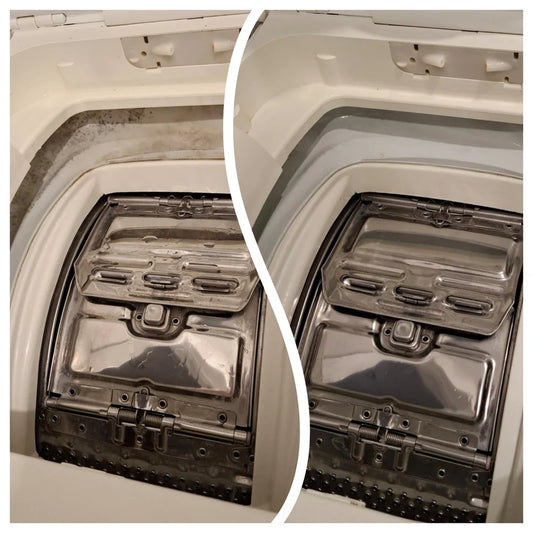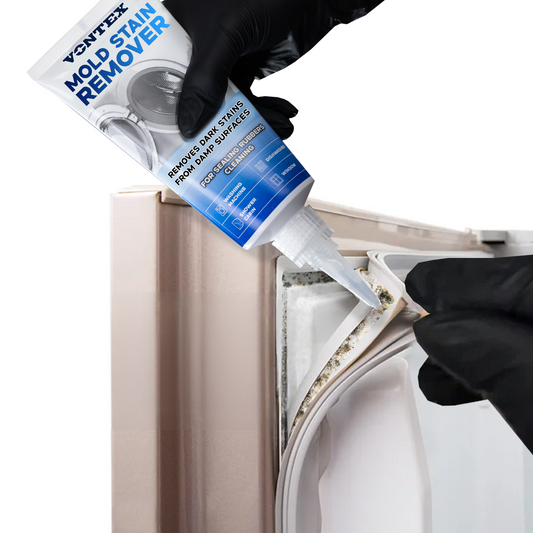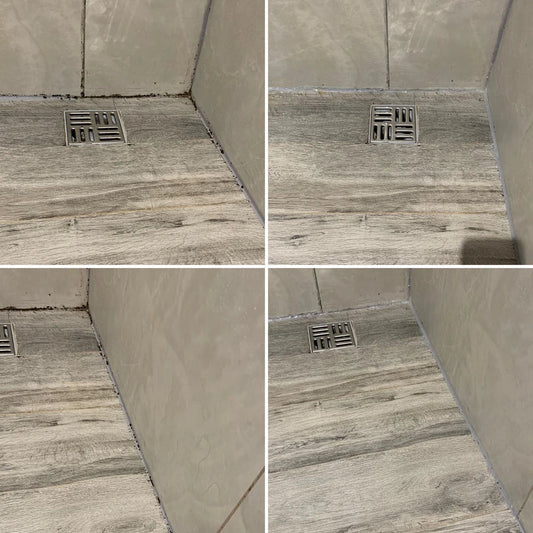The Science Behind Moisture-Related Stains and How to Prevent Them
Share
Moisture is one of the most common causes of visible discoloration in our homes. Whether it’s in the bathroom, the kitchen, or around windows, excess humidity can slowly build up, leading to stains that seem impossible to ignore. But what actually causes them, and how can you prevent them from showing up in the first place?
The science behind these marks is quite simple. When moisture lingers on surfaces like tile grout, rubber seals, or painted walls, it creates the perfect environment for discoloration. Over time, water interacts with organic particles in the air—such as dust, soap residue, or oils from daily use—and leaves behind unsightly streaks and stains.
Prevention is always better than cure. To start, make sure your home is well-ventilated. Install an exhaust fan in the bathroom, leave windows open when cooking, and avoid letting wet towels or rugs stay damp for too long. Regularly wiping down areas that are prone to moisture buildup can also make a significant difference.
Using a dehumidifier in spaces like basements or bathrooms is another effective way to reduce airborne moisture. This not only helps protect your surfaces but also creates a fresher, more comfortable environment overall.
By understanding what causes these stains, you’ll be better equipped to stop them before they take hold. Consistency in small habits is key—ventilation, wiping down, and staying ahead of buildup will save you time and energy in the long run.



